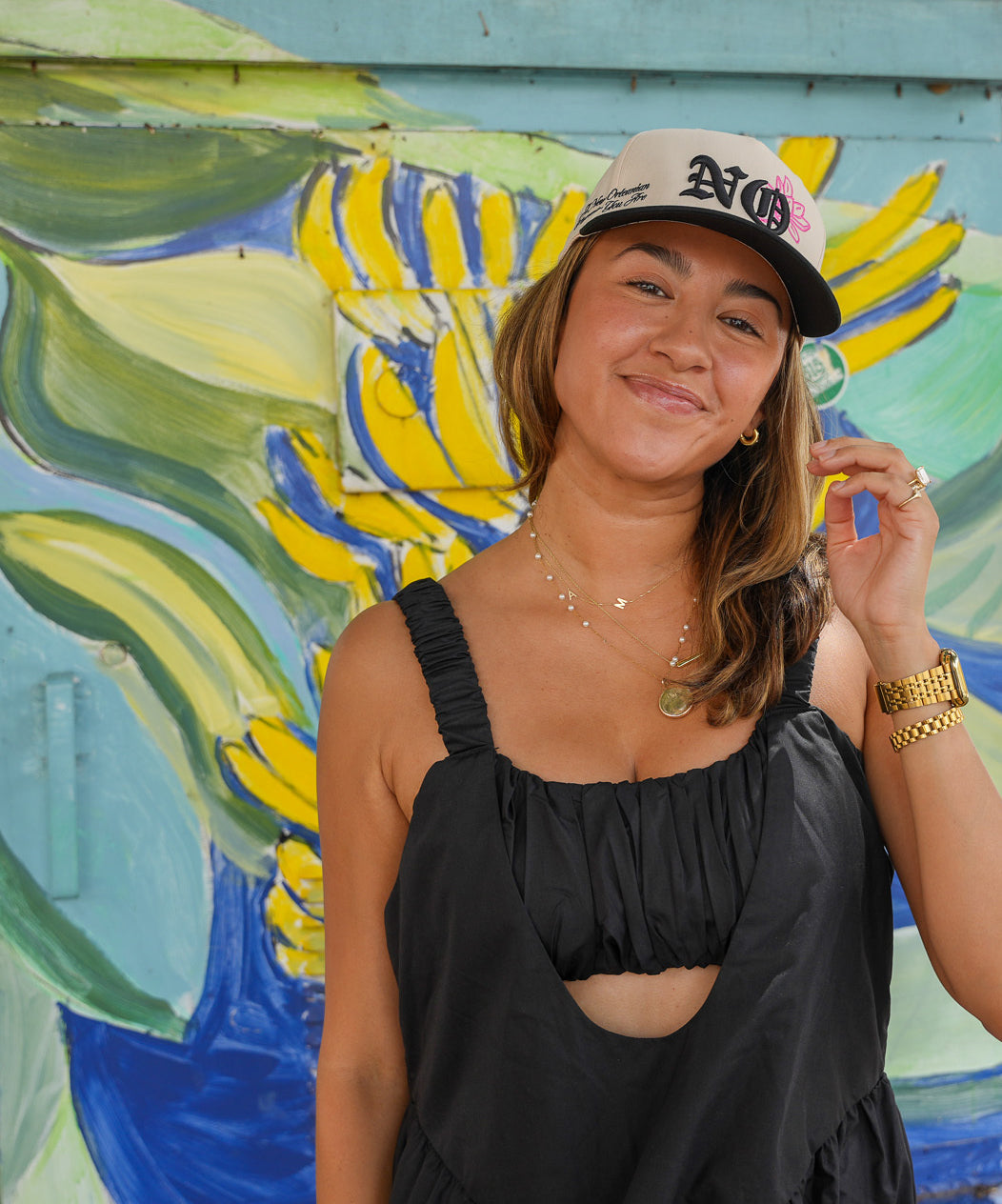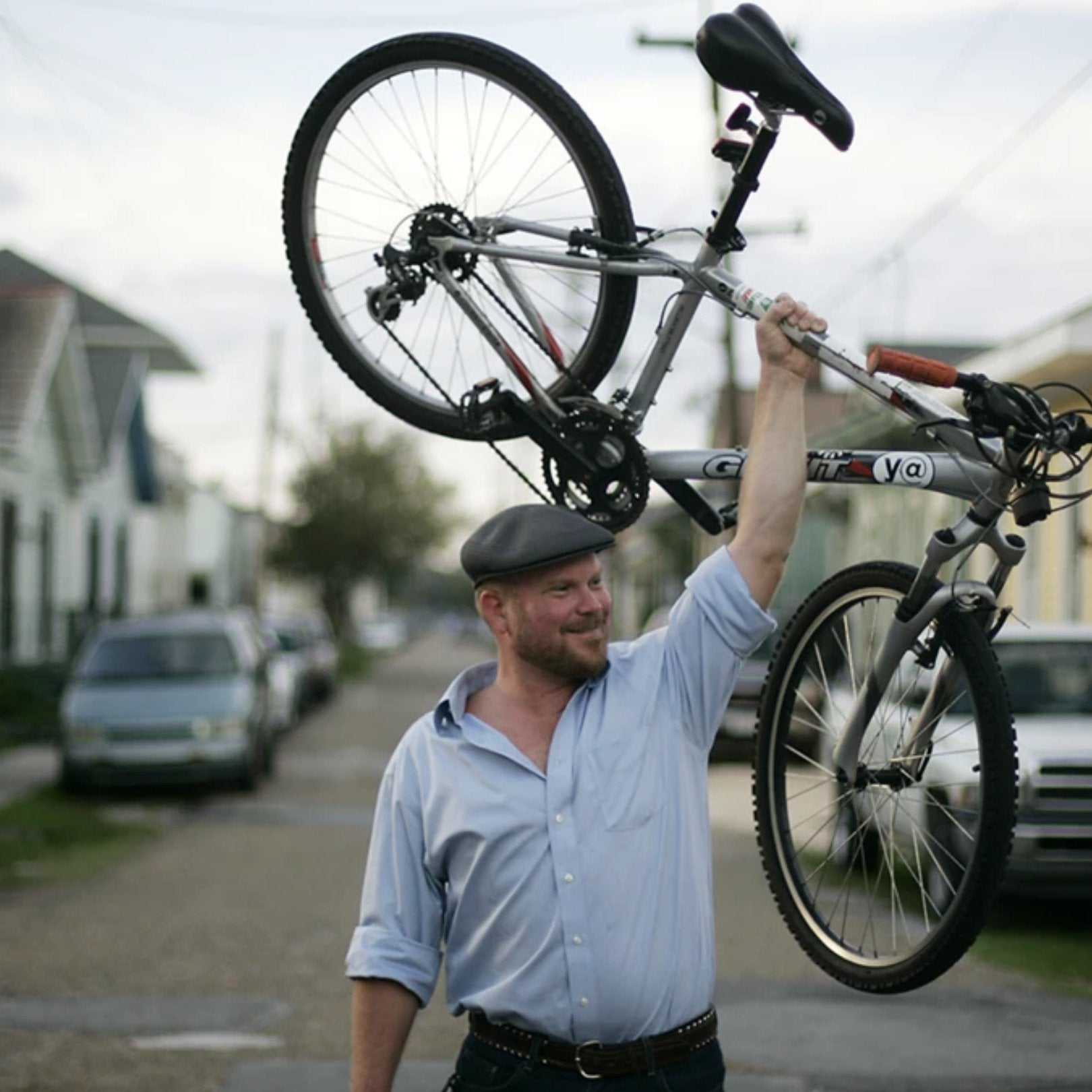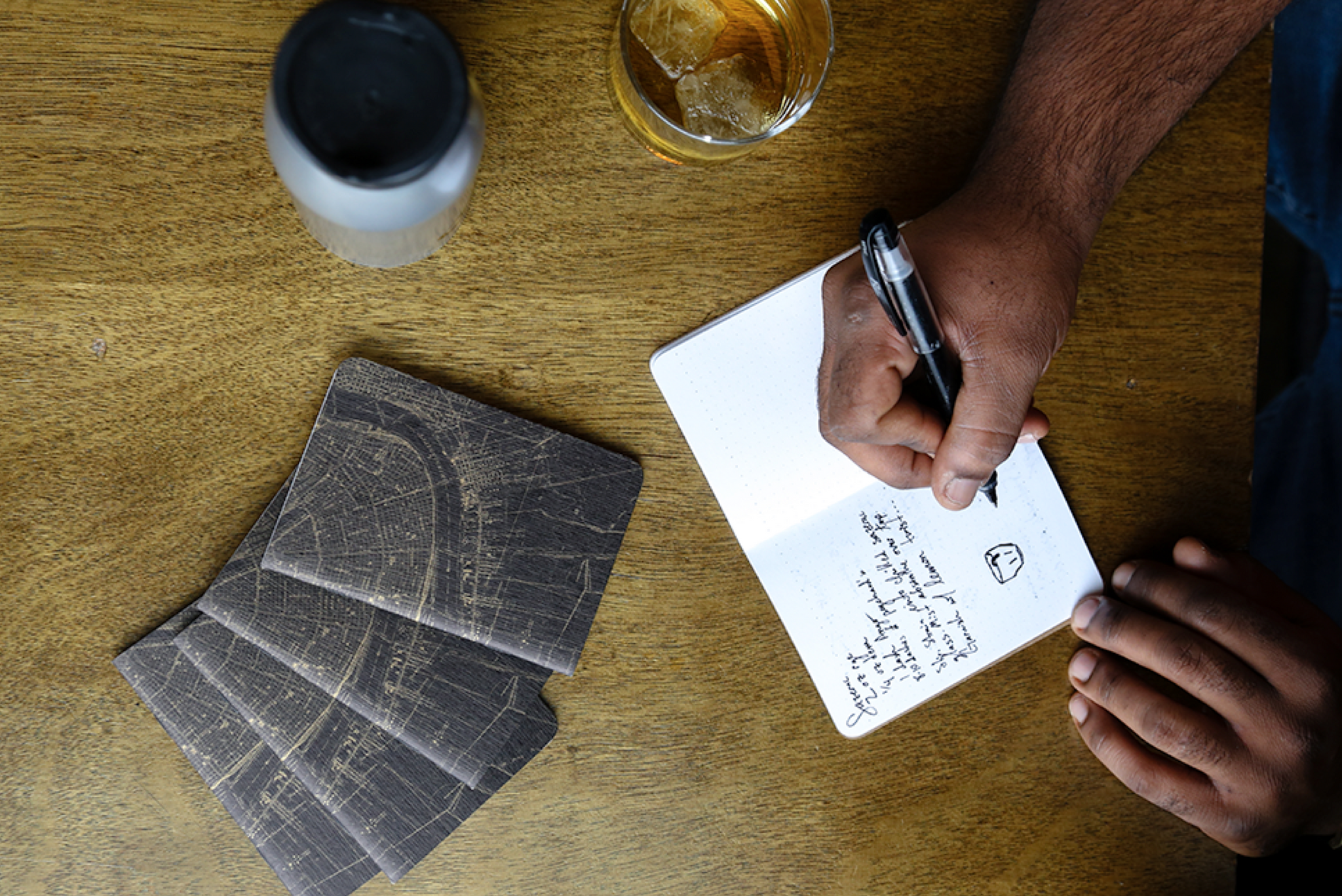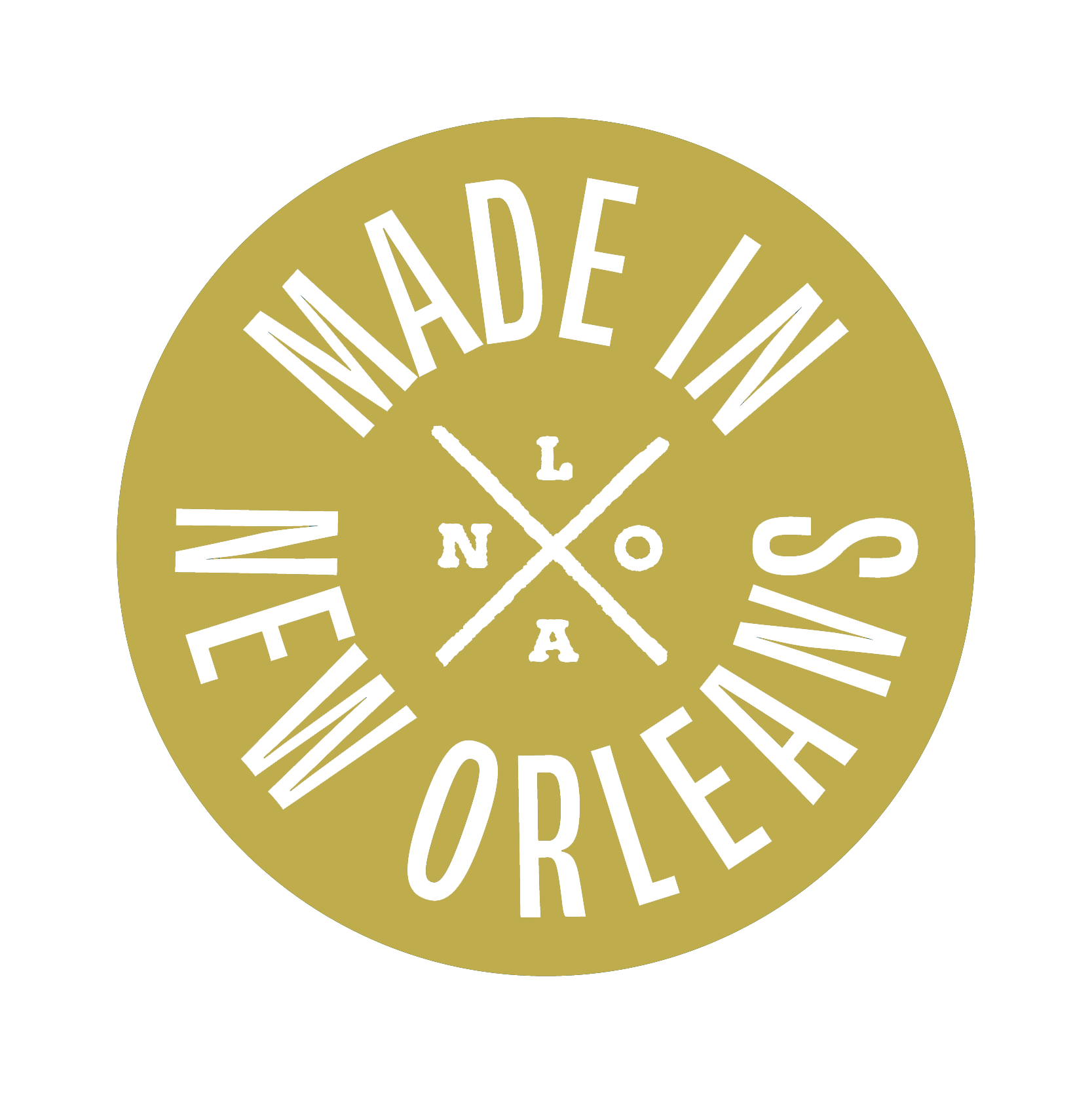The 1984 Louisiana World Exposition, commonly known as the 1984 World's Fair, was held in New Orleans, Louisiana, from May 12 to November 11, 1984. The fair was intended to showcase the city's rich culture and history, boost tourism, and promote economic development in the region. The theme of the exposition was "The World of Rivers: Fresh Waters as a Source of Life," emphasizing the importance of water resources and conservation.
Preparation for the fair involved the development of a 76-acre site along the Mississippi River, including the construction of several pavilions, exhibition halls, and other facilities. The fair attracted over 20 countries and numerous corporations, which set up pavilions to display their culture, products, and innovations. Among the most notable attractions were the United States Pavilion, the Wonderwall, the Aquacade, the monorail, and the Mississippi Aerial River Transit (MART) gondola system.
Despite high hopes and initial excitement, the 1984 World's Fair faced several challenges. Poor marketing, a lack of major corporate sponsors, competition from other events (such as the 1984 Summer Olympics in Los Angeles), and an economic recession contributed to lower-than-expected attendance numbers. The fair ultimately drew 7.3 million visitors, which was far below the projected 11 million.
The financial losses associated with the 1984 World's Fair were significant. The event declared bankruptcy during its run, making it the only world's fair to do so while still in operation. By the end of the fair, it had incurred a debt of approximately $110 million. The fair's financial failure had a lasting impact on the investors and the city of New Orleans, and it took years for the debt to be settled.
Despite the financial debacle, the 1984 World's Fair did have some positive effects on the landscape of New Orleans. The fair led to the revitalization of the Warehouse District, transforming it into a vibrant, mixed-use area that is now home to museums, art galleries, restaurants, and residential spaces. Additionally, several structures built for the fair, such as the Ernest N. Morial Convention Center, the Riverwalk Marketplace, and the New Orleans Public Belt Railroad Bridge, have been repurposed and continue to serve the city today.
While the 1984 World's Fair in New Orleans was a financial disaster, it did contribute to the development and revitalization of certain areas of the city. The fair serves as a cautionary tale about the risks and challenges involved in hosting large-scale events, but it also highlights the potential for urban renewal and lasting positive impact on a city's landscape.









Leave a comment
All comments are moderated before being published.
This site is protected by hCaptcha and the hCaptcha Privacy Policy and Terms of Service apply.